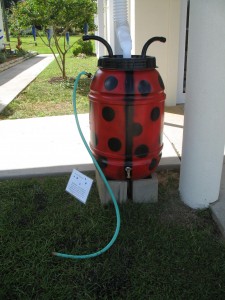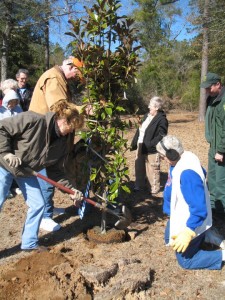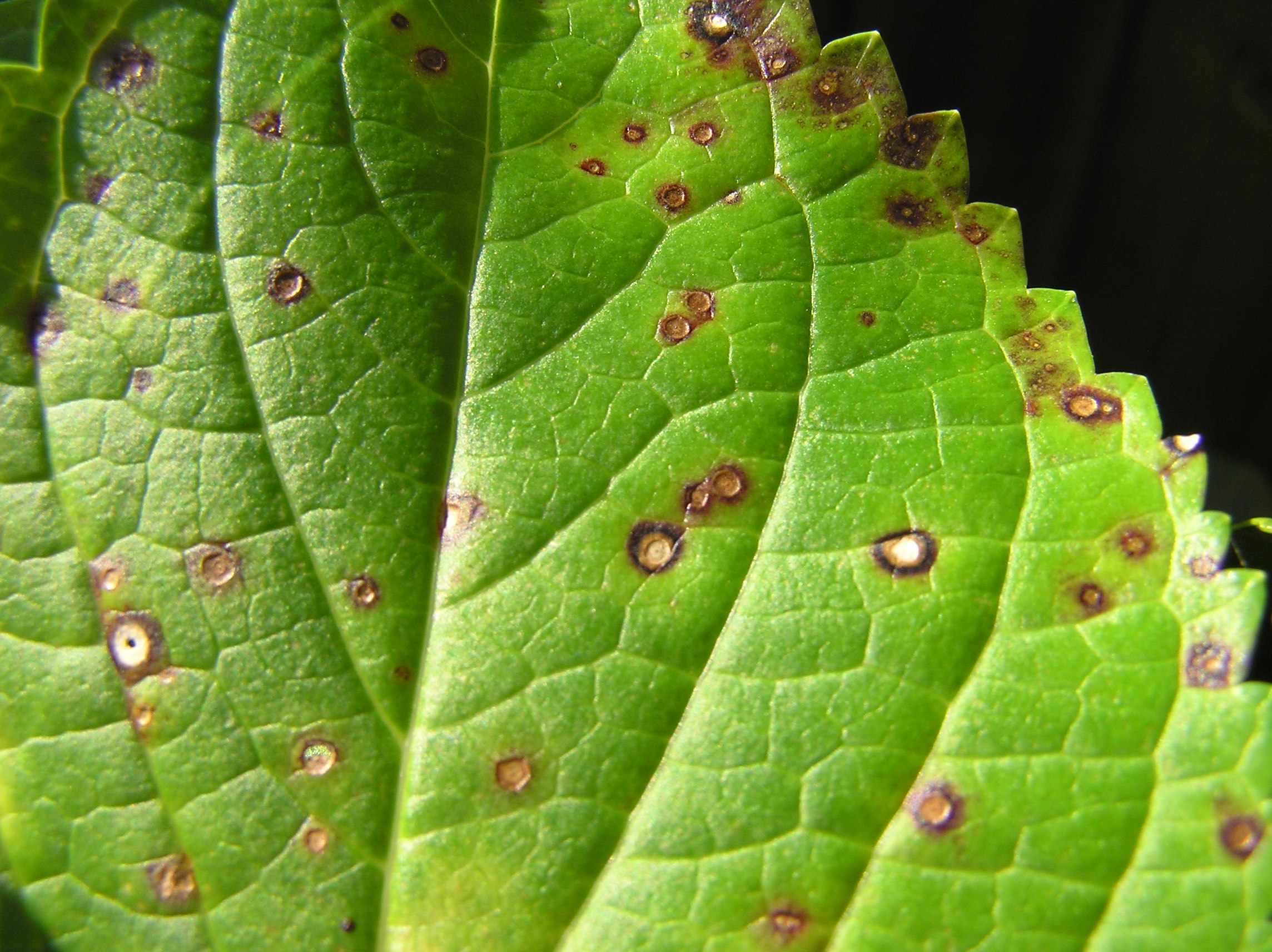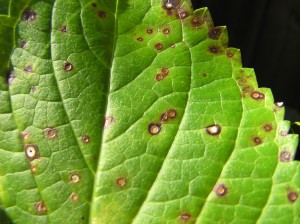
by Carrie Stevenson | Jul 7, 2013
Floridians use more water than any other state for irrigation, and a typical home sprinkler system can account for half of the cost and water use in a household during the summer.
One of the most convenient and efficient ways to conserve water is to install a rain barrel. Modern rain barrels involve ancient technology that relies simply on gravity, allowing stormwater to run from a rooftop into a gutter. The gutter funnels water into a plastic food-grade barrel or other container fitted with screen to keep out debris and insects. Most rain barrels also have an overflow device near the top (for heavy storms that might fill the barrel) and a spigot at the bottom for filling a watering can or attaching a hose. Keep in mind the barrels do not have a lot of pressure and cannot irrigate an entire lawn, but are ideal for vegetable gardens and container plants. Rain barrels vary widely in design, but they can be painted to add a decorative touch, or easily screened behind a shrub.

Building a rain barrel is a fun summer project for the whole family!
In addition to conserving water, rain barrels can be an effective means of reducing stormwater pollution. During a typical 1” rainstorm, an average home’s roof can yield 600 gallons of rainwater runoff that would normally flow downstream, picking up oils, greases, bacteria, trash, and pesticides along the way that end up in our water bodies. These pollutants eventually flow downstream to our creeks, bayous, and bays, contributing to non-point source pollution. Rain barrels interrupt that process by collecting stormwater runoff before it has a chance to pick up pollutants.
If you are interested in learning more about rain barrels or how to build your own, contact your local County Extension Office. Escambia County Extension will be hosting two rain barrel workshops this summer, the first on Friday, July 12 and the second on Saturday, August 3. There is a $42 charge for those wishing to build their own rain barrel after the workshop—all supplies and tools will be provided. To register for the full workshop, go online to the event registration website.
It is free to attend and hear the talk without building a barrel, but please reserve a spot by using the contact information below.
by Carrie Stevenson | Jan 11, 2013

Master Gardeners demonstrate correct tree planting techniques.
Arbor Day (which literally means, “Tree Day”) was founded in 1872 by J. Sterling Morton, a naturalist and journalist in Nebraska. By 1882, it was celebrated by thousands of schoolchildren nationwide, who planted trees and took care of them with their classmates. Today, millions of communities and schools celebrate Arbor Day all over the world. Trees provide endless benefits, including shade, recreation, food and building products, wildlife habitat, oxygen production, and carbon dioxide uptake.
Arbor Day is typically celebrated in the United States on the last Friday of April, but as ideal tree-planting conditions differ by climate, each state has its own specific Arbor Day, as well. Winter is the ideal time to plant trees in Florida, because it allows roots to develop without expending energy on growing new leaves and shoots. Our state celebration this year is January 18th. Many local communities in Florida hold special events around this time, including:
Escambia County:
Extension and Water Quality divisions are partnering with the Florida Forest Service to give away 4,000 seedling trees, including Crabapple, Mayhaw, Cherrybark Oak, Wax Myrtle, Bald Cypress, and River Birch. There are two events: January 14 from 9:30-11:00 am at the Walnut Hill Ruritan (7850 Highway 97), and January 18 at Pensacola State College Warrington (198 Patton Drive) from 11:00 am- 2 pm. The Jan. 18 event will include a tree planting demo at Pensacola State College and dedication of the Southwest Greenway Trail Opening Celebration. For more information contact Beth at bbolles@ufl.edu
Okaloosa County:
Okaloosa Extension will host a tree giveaway on Jaunary 18 from 9 am – 12 noon, in conjunction with the county and state forestry service. Trees available include Mayhaw, Red Maple, Cherrybark Oak, and Yellow Poplar. The schedule includes a dedication and installation of a Winged Elm, demonstration on correct tree planting and a guided tour of the new Extension building. Okaloosa County UF Extension Office, 3098 Airport Road, Crestview, Florida. For more information, contact Sheila at sdunning@ufl.edu
Walton County:
An Arbor Day celebration will be held on Friday, January 25 in the DeFuniak Springs Lakeyard. Former first lady, Rosalyn Carter will be present at tree planting ceremony around lunch time. For more information, contact Mike at mjgo@ufl.edu
Leon County:
Arborist Stan Rosenthal will host an Arbor Day tree planting on Saturday, January 26 at Lafayette Park in Tallahassee. The event starts at 9:00 am. For more details, contact Stan at stanr@ifas.ufl.edu
Click here to find more information about ways to celebrate Arbor Day.

by Carrie Stevenson | Jul 14, 2012
As the hot weather abates just a bit, gardeners find themselves back in the landscape only to find an outbreak of spots on their plants. Hot, humid and rainy weather are perfect conditions for the development of fungal diseases.
One of the most common leaf spot diseases seen in the landscape during late summer is Cercospora leaf spot. While it affects many different landscape plants, it is most commonly seen on hydrangeas. It affects smooth, panicle, oakleaf and bigleaf types of hydrangea. However, this year, there have been numerous occurrences on crape myrtles.
Symptoms
On bigleaf hydrangea, the spots are small, circular and have a purplish halo surrounding them. The centers of these spots eventually turns tan to light gray in color. In contrast, the leaf spots on oakleaf hydrangea appear angular in shape and are dark brown in color. Leaves that are severely affected often become a yellow-green color.
Initial symptoms on crape myrtles are the appearance of dark brown spots that develop first on the lower leaves and progress upward in the canopy from mid-summer through fall. Infected leaves develop a yellowish to orangey-red coloration because of the production of a toxin by the pathogen. These leaves then fall prematurely, particularly in highly susceptible varieties.
Numerous infectious spores are produced in the center of each fungal spot. These spores can be spread by wind, splashing water and can hitch a ride on pruning tools. Frequent late summer rain showers will not only greatly increase the rate of disease spread, but also intensify the level of leaf spotting and defoliation. Extended periods of drought will usually suppress disease development and spread.
Although this disease can be visually alarming, it is generally an aesthetic problem for homeowners because the disease rarely kills the plant. However, if this disease is severe, it can reduce the overall plant vigor by repeated defoliation.
Control strategies
There are some fungicides available to help manage Cercospora leaf spot, but for the homeowner, disease management with fungicides is often not warranted because symptoms usually occur so late in the season. This does not mean, however, that you should ignore the problem. Once this disease is found in a planting, yearly outbreaks are likely to occur.
The fungus easily survives on fallen leaves. Sanitation is perhaps the most important tool in disease management. Be sure to remove and destroy these leaves to help prevent future infections and disease outbreaks.
Another important cultural practice includes surface watering. Because moisture on the leaves allow disease spores to germinate, avoid getting the leaves wet with overhead irrigation. Also be sure to apply enough nitrogen to maintain a moderate growth rate. It is also helpful if your plants are not crowded. Good air circulation permits the leaves to dry quickly after a rain, which helps prevent leaf spot diseases.

This fungal disease creates circular leaf spots. The spot’s center will turn tan or light gray.
However, the use of fungicides may be justified for high-value landscape plantings that develop severe cases of the disease each year. Products containing chlorothalonil, myclobutanil or thiophanate-methyl are recommended. For effective control of Cercospora leaf spot with a fungicide, begin applications when spotting of the leaves is first seen and continue applying that treatment as needed. Be sure to follow label directions!





